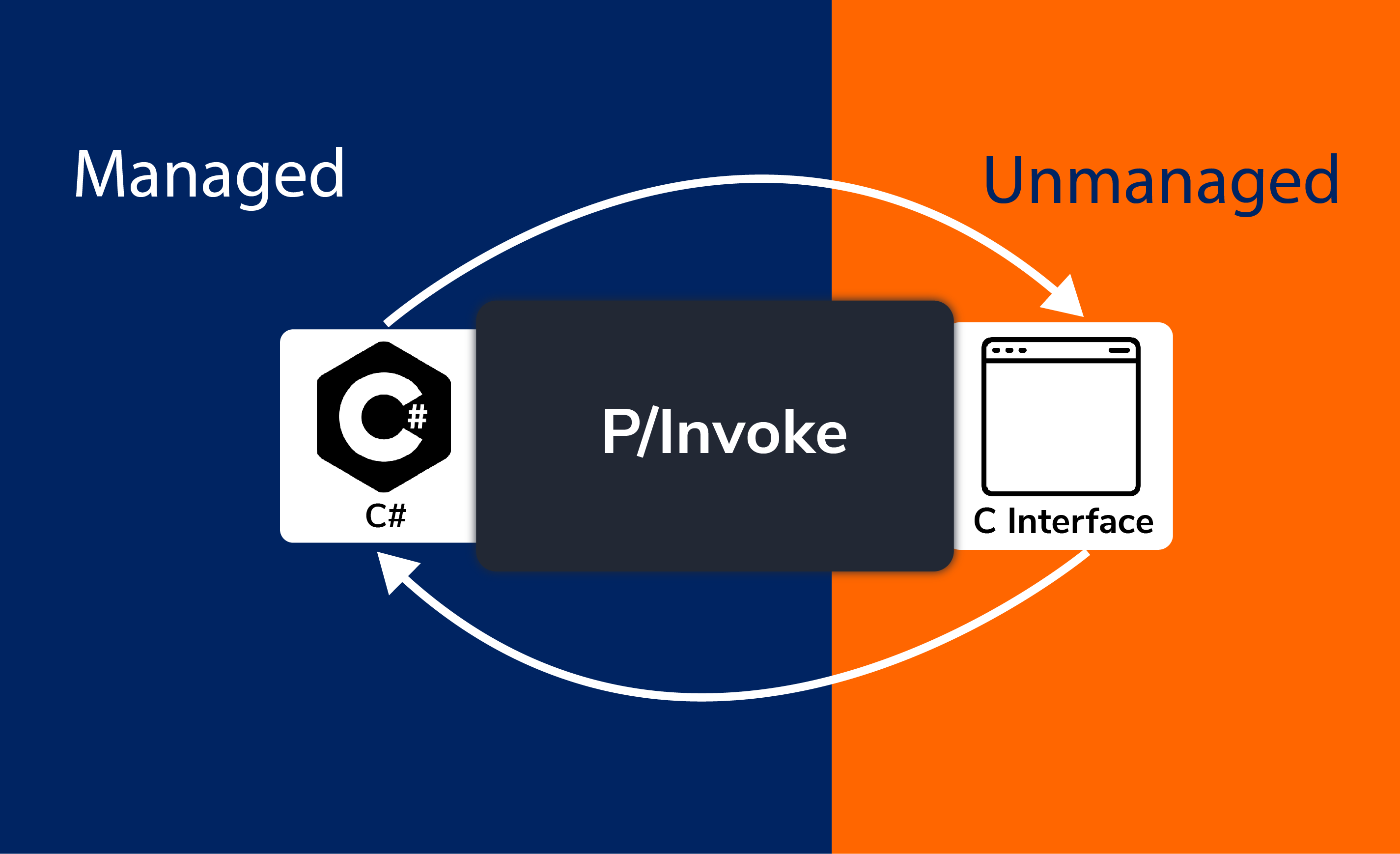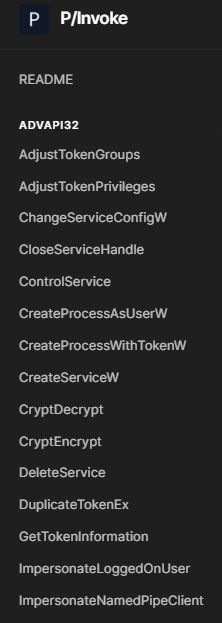Win32 APIs, also known as Windows API or Win API, serve as the interface between applications and the Windows operating system, facilitating access to system resources, low-level operations, and robust application development. This integral component of Windows programming offers diverse services including window management, file operations, device I/O, networking, and more. Any developer looking to maximize the potential of their Windows platform should understand these essential tools of development.
Understand the basics of Win32 API and its architecture
For optimal usage of Win32 APIs with Platform Invocation (P/Invoke), it is crucial to possess an in-depth knowledge of their fundamentals and architecture. The Win32 API consists of numerous dynamic-link libraries (DLLs), each offering functions and procedures available to developers.
Win32 API’s architecture centres around two fundamental principles: messages and windows. Messages are events or commands sent from one application or system to another; windows serve as the means by which these events and commands can be received and processed.
Developers who understand this architecture can effectively interact with Windows operating system via Win32 API, manipulating windows, handling messages and accessing system resources.
Use Win32 APIs in C# via Platform Invocation (P/Invoke).
P/Invoke (also referred to as P/Invoke), is a feature which is provided by the.NET framework which enables managed code such as C# to call unmanaged code such as Win32 API functions seamlessly from C# projects – providing developers with a way of tapping into Windows platform features while still taking advantage of all that C# has to offer in terms of features and simplicity.
Getting started with P/Invoke and setting up a C# project
To effectively utilize Win32 APIs in a C# project with P/Invoke and ensure proper Win32 API function declarations, first, confirm all relevant function declarations are present in your code base, outlining their signature and parameters. Additionally, set up attributes and structures to marshal data between managed and unmanaged code, ensuring seamless communication between Win32 API and your C# code.
Utilise C#’s DllImport attribute to specify both the name of a Win32 API DLL and function you wish to call; this informs the.NET runtime on how best to locate and invoke said Win32 API function. A typical declaration will look like so:
[DllImport("KERNEL32.dll")]
public static extern IntPtr LoadLibraryW(string lpLibFileName);
By following these steps, you can easily set up a C# project using P/Invoke to access Win32 APIs.
Exploring different Win32 API functions and their usage in C#
Win32 APIs provide a vast array of functions covering various aspects of Windows programming. Explore commonly used API functions in C# projects:
- CreateWindowEx: Builds custom windows and interfaces using P/Invoke.
- MessageBox: Customizes message boxes easily with specific styles and buttons.
- GetDlgItemText: Retrieves text from dialog box controls, enabling further user input operations.
These are just a few Win32 API functions available for C# projects. Familiarize yourself with their documentation and P/Invoke calls to fully leverage the Windows platform in your apps.
A great list of all Win32 API imports using P/INVOKE can be seen on pinvoke.dev:
Handling data types and parameters in P/Invoke
Working with Win32 APIs using P/Invoke in C# requires careful handling of data types and parameters. Accurate conversion and parameter marshalling are vital for smooth communication between managed and unmanaged code. P/Invoke provides attributes and utility classes, ensuring compatibility when passing data between C# projects and Win32 APIs.
Advanced techniques for using Win32 APIs with C#
Once you’re familiar with Win32 APIs and P/Invoke in C# projects, advanced techniques can further enhance your applications.
- Multithreading: Win32 APIs offer powerful mechanisms for multithreading and concurrent programming. Using P/Invoke, you can leverage multiple threads within C# code to enhance performance and responsiveness.
- Windows Hooks: Win32 APIs enable setting system-wide hooks in C# applications to monitor events like keyboard input or mouse movements. With P/Invoke, you can create hooks to capture and handle such events for custom functionality and improved user experiences.
- Dynamic Link Libraries (DLLs): Win32 APIs often come packaged as dynamic-link libraries (DLLs), giving designers greater flexibility when developing applications with P/Invoke. P/Invoke makes DLLs available dynamically at runtime so users can design more flexible software designs.
These advanced techniques empower C# developers to craft high-performance, feature-rich apps seamlessly integrated with the Windows platform.
Real world examples of using Win32 APIs with C# programming
Let’s examine some real-world examples to demonstrate the practical use of Win32 APIs in C# programming.
- Clipboard Operations: The Win32 API contains functions to access and modify the system clipboard. With P/Invoke, C# developers can employ these functions to perform clipboard operations, such as copying and pasting text or images.
- Window Management: Win32 APIs provide mechanisms for controlling windows, including size, position, and appearance, which can be manipulated using P/Invoke in C# applications, enabling features like window snapping or transparency.
- System Information: The Win32 API includes functions to retrieve various system information, such as available memory or screen resolution. P/Invoke enables C# developers to access these functions easily for data retrieval and adapt application behavior accordingly.
Studying real-world examples of Win32 API usage in C# projects provides practical experience in effectively utilizing Win32 APIs.
TL; DR
Win32 APIs provide a vital foundation for Windows programming, granting developers access to system resources and facilitating low-level operations. Using Platform Invocation (P/Invoke) in C# projects merges C#’s simplicity and features with Windows’ capabilities. This guide covers the basics of Win32 APIs, their architecture, and their effective utilization in C# projects.
Furthermore, we discussed advanced techniques, real-world examples and tips and best practices for working with Win32 APIs and P/Invoke.
Apply what you’ve learned to unlock Win32 APIs’ power and develop robust applications seamlessly integrated with Windows OS in your C# projects today!
Redfox Security is a diverse network of expert security consultants with a global mindset and a collaborative culture. If you are looking to improve your organization’s security posture, contact us today to discuss your security testing needs. Our team of security professionals can help you identify vulnerabilities and weaknesses in your systems and provide recommendations to remediate them.
“Join us on our journey of growth and development by signing up for our comprehensive courses.”






